Powering up medtech OEMs
March 13, 2018 12:28 pm
EMS firms increasing medtech OEM engagement partnerships with full lifecycle product management and other innovative solutions, writes Brian Wyatt, Vice President, Cyient Medical Technology & Healthcare
Contract electronics manufacturing services (EMS) companies are broadening their service offerings to strengthen strategic partnerships with medtech original equipment manufacturers (OEMs) with solutions such as full product lifecycle management.
More than ever, OEMs desire to build strong relationships with EMS providers involving dedicated centers that mirror the client’s processes and team structure. Bringing product design more in line with the infrastructure of the EMS provider ultimately takes costs out of the process. In this environment, rapid scalability is provided to save time and money, along with services such as product variants, localisation, supply chain management, distribution, logistics, customer support, and warranty repair.
In today’s EMS environment, OEMs expect their suppliers to handle the full product life cycle, regardless of their size. This is particularly true in the medical industry with relatively low volumes, long product life cycles, and multiple product versions.
Suppliers must have the initial required capability but also the adaptability, scalability, and sustainability to provide the same high-quality output throughout the life of the product. As a result, the cost of quality will likely reveal itself along the way. Cyient, for example, offers OEMs several flexible engagement models tailored to their specific needs from centers of excellence (CoE) and build operate transfer (BOT) to joint ventures (JV).
Medtech OEMs assess and manage this relationship based on qualifications related to the provider’s quality management systems and regulatory standards management. All this allows the OEM to focus on other functions such as future product development, sales and marketing. For the OEM, this also facilitates the consolidation of the supplier base to better manage their vendor costs.
Whether an OEM offers one product line or many, EMS suppliers need to understand and be fully in tune with the product lifecycle. If not, engineering changes could take longer, cost more, and
product improvements may never be addressed or suggested.
Design for manufacturability (DFM) solutions from an EMS provider facilitate cost and time-to-market reductions in the manufacturing process. These DFM practices allow potential problems to be tackled during the design phase, the least costly area of production to address the issues. DFM can assure improved time to market, reliability, yields, and quality of new products and redesigns as well as next generations. With a DFM strategy, there also are considerations unique to moulding that other manufacturing methods do not encounter. Robust tooling is also important in early phases, and it is not always on an OEM’s mind. In addition, value-added services like remediation and regulatory solutions make the journey to a cost-efficient component much more feasible for a medical device OEM.
As an example, an EMS engineer can select components during the design phase for a wire harness using fully automated equipment components where only semi-automated equipment is available. Another example is a printed circuit board design that needs to adhere to the products’ housing specifications or dimensions for a box enclosure. Some products have parameters or restrictions on overall size, weight, and shape. The third benefit of a PLM focus is cost reduction for materials and labour—a constant theme for OEMs.
More than ever, OEMs are requiring EMS suppliers to have repeatability and sustainability factors concerning quality, delivery and service. When evaluating a new EMS supplier, these performance metrics do not fully reveal themselves until it is too late. Thus, decision makers should seek suppliers with knowledge and experience to operate within product lifecycle stages from concept, through growth and maturity, and into revisions—plus strong project management processes and reporting.
In a constantly evolving technology landscape, component obsolescence is another value-add that EMS companies can address. This is where an effective EMS vendor like Cyient comes into its own value—particularly if it has involvement in a PLM partnership—by managing the design and ongoing Bill of Materials. In a regulatory environment, obsolescence needs to be properly assessed and managed to mitigate risks with remediation solutions such as design history file and risk management file (DHF and RMF) administration. Further, suppliers like Cyient can support labelling and other variant changes as customers market their products in different countries.
Additive Manufacturing is another key service OEMs inquire about as part of the product life cycle and management process for developing prototypes and initial and product variations, as well as low run solutions. Additive Manufacturing expertise supports simplified design, reductions in weight, and more complex geometries that can’t be achieved with traditional manufacturing methods.
Cyient specialises in a high mix, low volume output which is helpful to growing medtech segments. OEM clients also look toward design for assembly and testing (DFA and DFT) solutions for reaching cost-effective production, and product management. When implemented at the design stages, DFM and DFT can help OEMs assess costs that might otherwise be incurred during manufacturing. These important activities can result in significantly improved yields and quality of new products or product redesigns. This can cut weeks or even months off the time it takes to get a product through the new introduction stage—making it more manufacturable and bringing quicker to approval, and subsequently, faster to market.
Overall, both suppliers and vendors need to ensure their strategy, business model, and operations are aligned—ensuring they continue to be right for each other and lead toward mutual success. Many top OEMs have handed over responsibility for procurement, assembly, test and logistics so they can focus on the activities adding the most value to their business and their customers. Knowing the expectations of the OEM up front enables a competent EMS provider to create a manufacturable design at the best value.
Looking to the future, EMS suppliers will need to stay on top of both IoT and Additive Manufacturing innovations which will be keys for change and adaptability leading to building product value. The manufacturing industry is expected to evolve into digitalised virtual factories that are located and managed in any part of the world.
About Cyient Medical and Healthcare Technology Business
Brian Wyatt, Cyient Senior Vice President, leads the Medical and Healthcare Technology business unit at Cyient. He is responsible for design, manufacturing, sustaining solutions, and predictive analytics service offerings with a focus on driving affordable healthcare.
Hyderabad-based Cyient provides value for medtech companies with certified engineering and manufacturing solutions that improve productivity, resource capacity, and supply chain efficiency. Cyient’s Design Led Manufacturing with operations based in Mysore focuses on affordability across the product lifecycle through cost management and quality services. Cyient is experienced in multiple industries with a focus on diagnostic imaging, in-vitro diagnostics, and cardiology.
Author:
Brian Wyatt, Vice President,
Cyient Medical Technology & Healthcare
Cookie Consent
We use cookies to personalize your experience. By continuing to visit this website you agree to our Terms & Conditions, Privacy Policy and Cookie Policy.



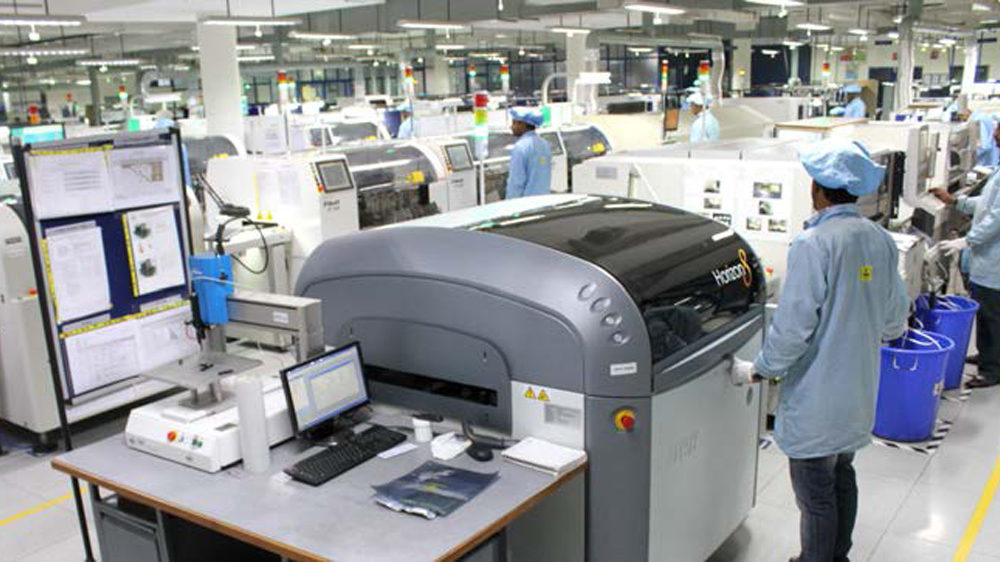
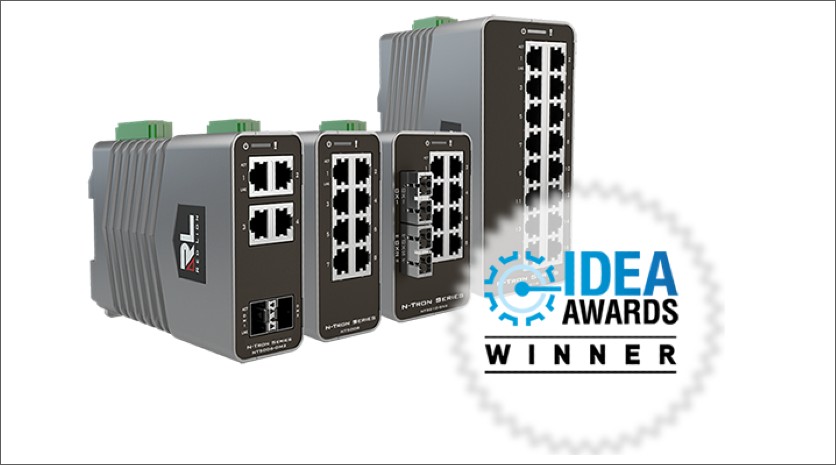
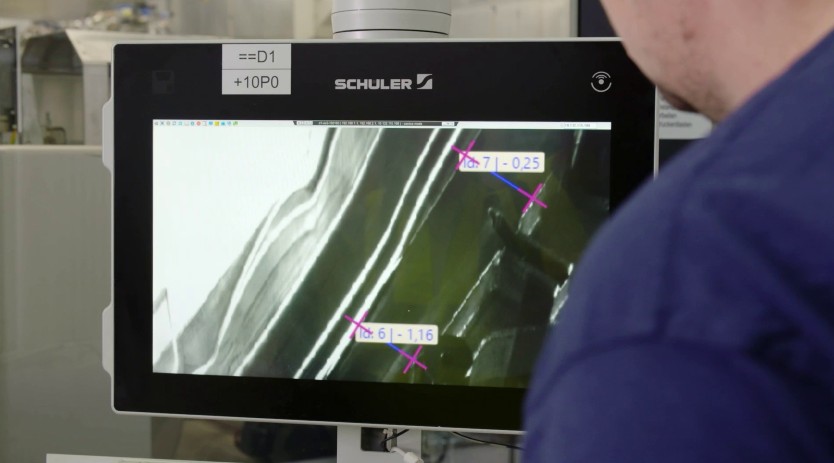
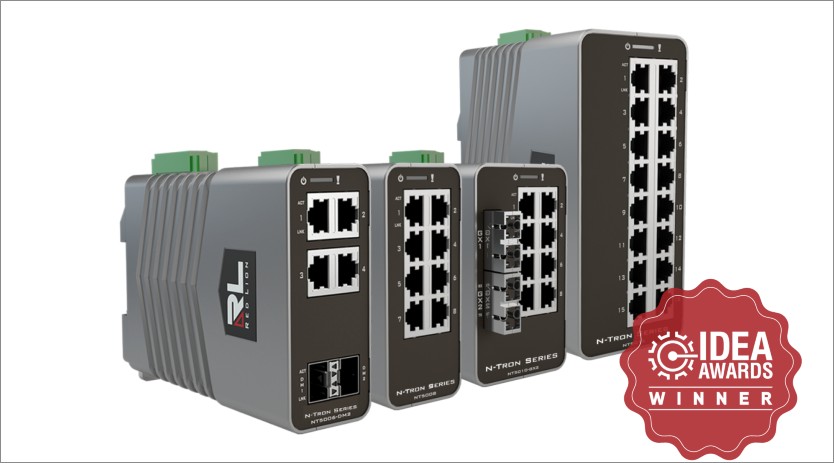

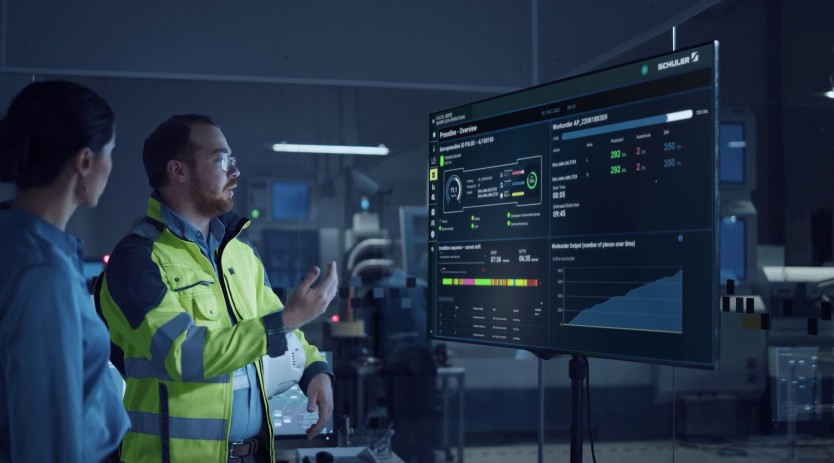
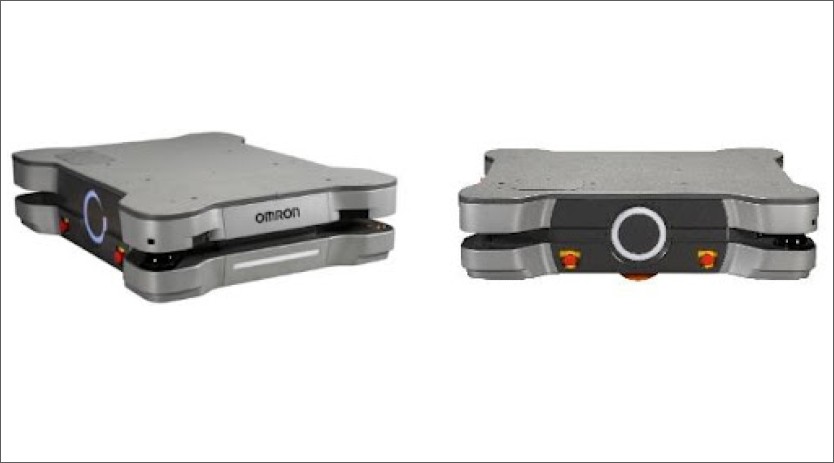
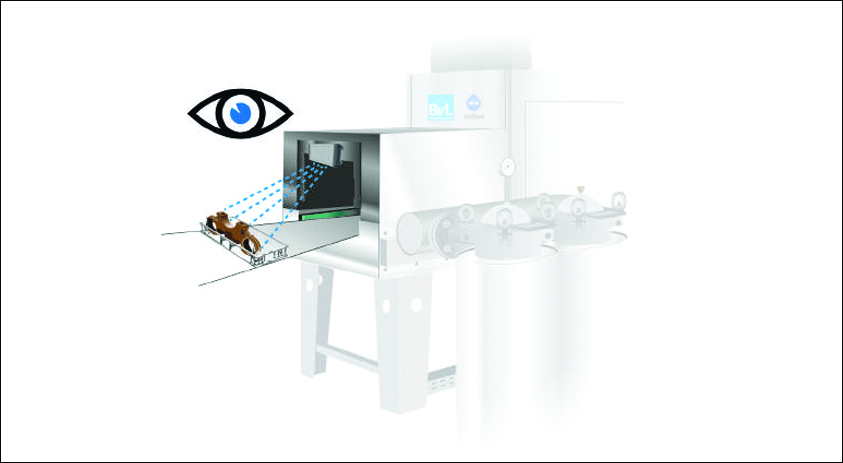









 English
English Hindi
Hindi